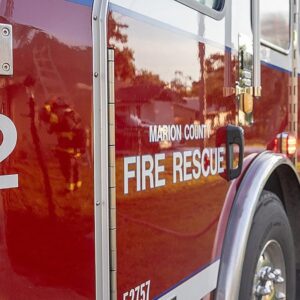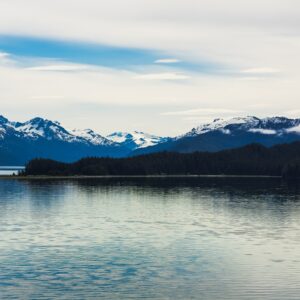Texas Hiker Dies on Grand Canyon Trail While Attempting Phantom Ranch Trek
A Grand Canyon hiking death has prompted renewed warnings from park officials after a 67-year-old Texas man collapsed and died while attempting a strenuous hike in extreme summer heat.
According to the National Park Service (NPS), the hiker was on the South Kaibab Trail below Cedar Ridge on July 8 when he became unresponsive. The Grand Canyon Regional Communications Center received an emergency call just before noon, and bystanders immediately began CPR. Despite the efforts of both civilians and responding NPS medical personnel, the man was pronounced dead at the scene.
Hiker Was En Route to Phantom Ranch
Officials stated that the man was attempting to reach the Colorado River for an overnight stay at Phantom Ranch, one of the most remote and sought-after destinations in the Grand Canyon. However, he turned around at Skeleton Point and was heading back up the trail when the fatal incident occurred.
Skeleton Point is approximately 3 miles down the South Kaibab Trail and is considered a turning point for many day hikers. The trail, while offering stunning views, is steep, exposed, and notoriously difficult—especially during the summer.
Dangerous Summer Conditions on Inner Canyon Trails
The Grand Canyon hiking death comes as a sobering reminder of the extreme and often underestimated conditions hikers face during summer. According to the NPS, temperatures on exposed sections of the trail can soar above 120 degrees Fahrenheit (49°C), creating life-threatening risks for those unprepared.
AI Manipulation: What My Failed Podcast Taught Me About Trust and Transparency
“In addition to the heat, pre-existing medical conditions can compound physical stress, making summer hiking particularly risky,” the NPS said in an official statement. “Hiking during the peak heat hours of 10 a.m. to 4 p.m. is especially dangerous, and we strongly advise against it.”
Park rangers urge all visitors to take necessary precautions, including:
- Avoiding strenuous activity during peak heat hours
- Staying hydrated and replenishing electrolytes
- Knowing personal limits and recognizing signs of heat illness
- Planning hikes carefully, especially in the inner canyon
For more details on safe hiking practices and trail conditions, the NPS offers regular updates on its official site.
Ongoing Investigation into Incident
An investigation into the exact cause of the hiker’s death is currently underway. While heat likely played a major role, park officials note that pre-existing health conditions often contribute to such incidents, especially in older individuals tackling strenuous hikes.
This tragedy follows a series of warnings and educational efforts from the NPS to prevent such outcomes. As summer progresses, the park is likely to increase patrols and advisories to protect both novice and experienced hikers.
For context on how the National Park Service responds to critical incidents, you can read more about the FEC deadlock that has affected enforcement in other public safety matters.
Top 10 Summer Skincare Products to Beat the Heat
What This Means for Future Visitors
The Grand Canyon hiking death serves as a critical reminder that even experienced hikers can underestimate the dangers of the canyon’s harsh conditions. Summer months, particularly July and August, are among the deadliest due to heat-related illness and dehydration.
Hiking to Phantom Ranch or other deep canyon destinations should be carefully timed and prepared for, ideally during cooler months or early morning hours.






